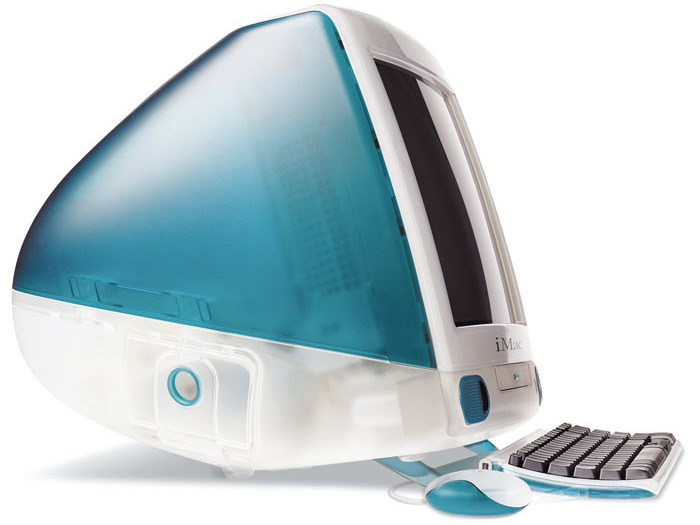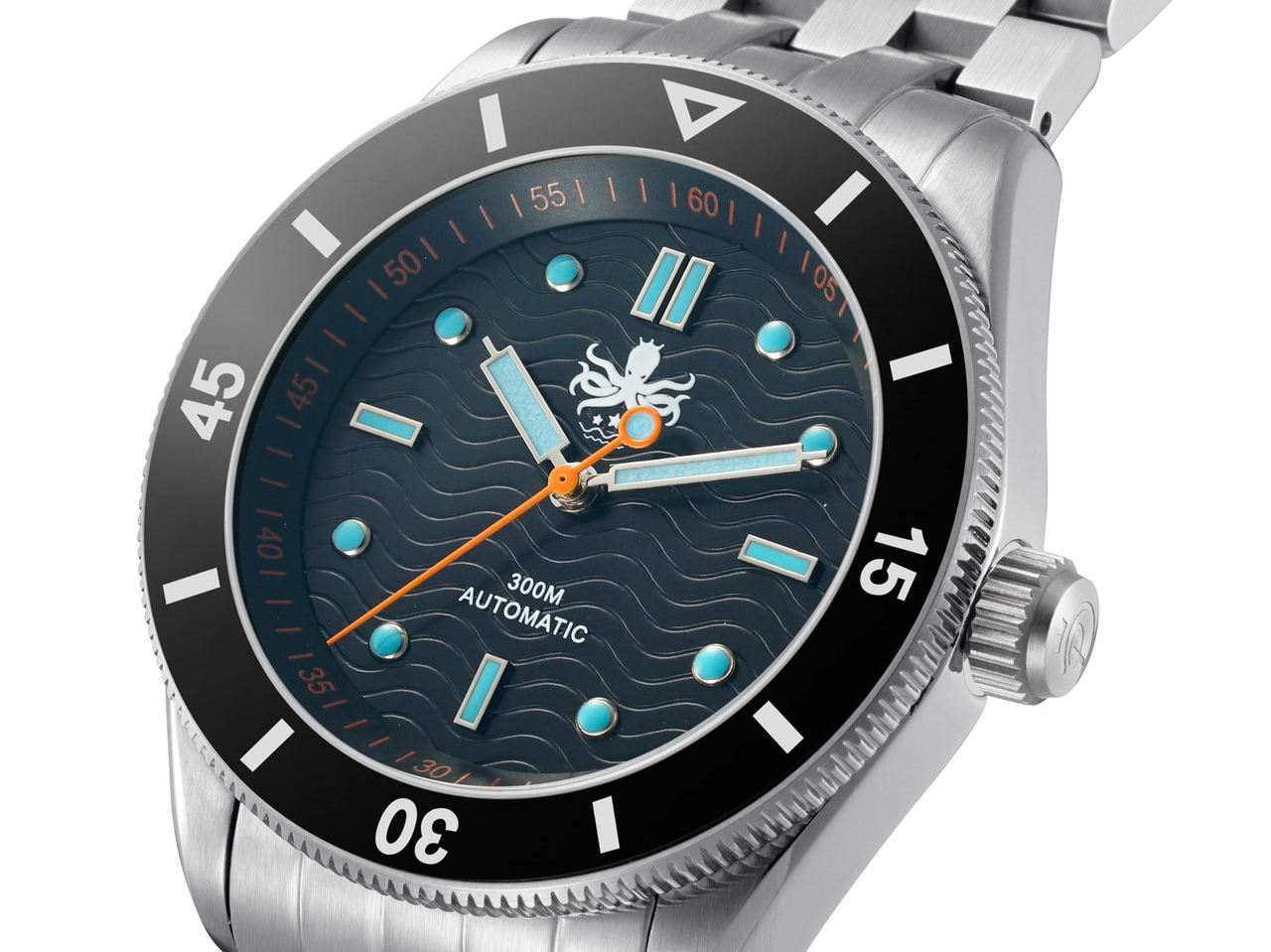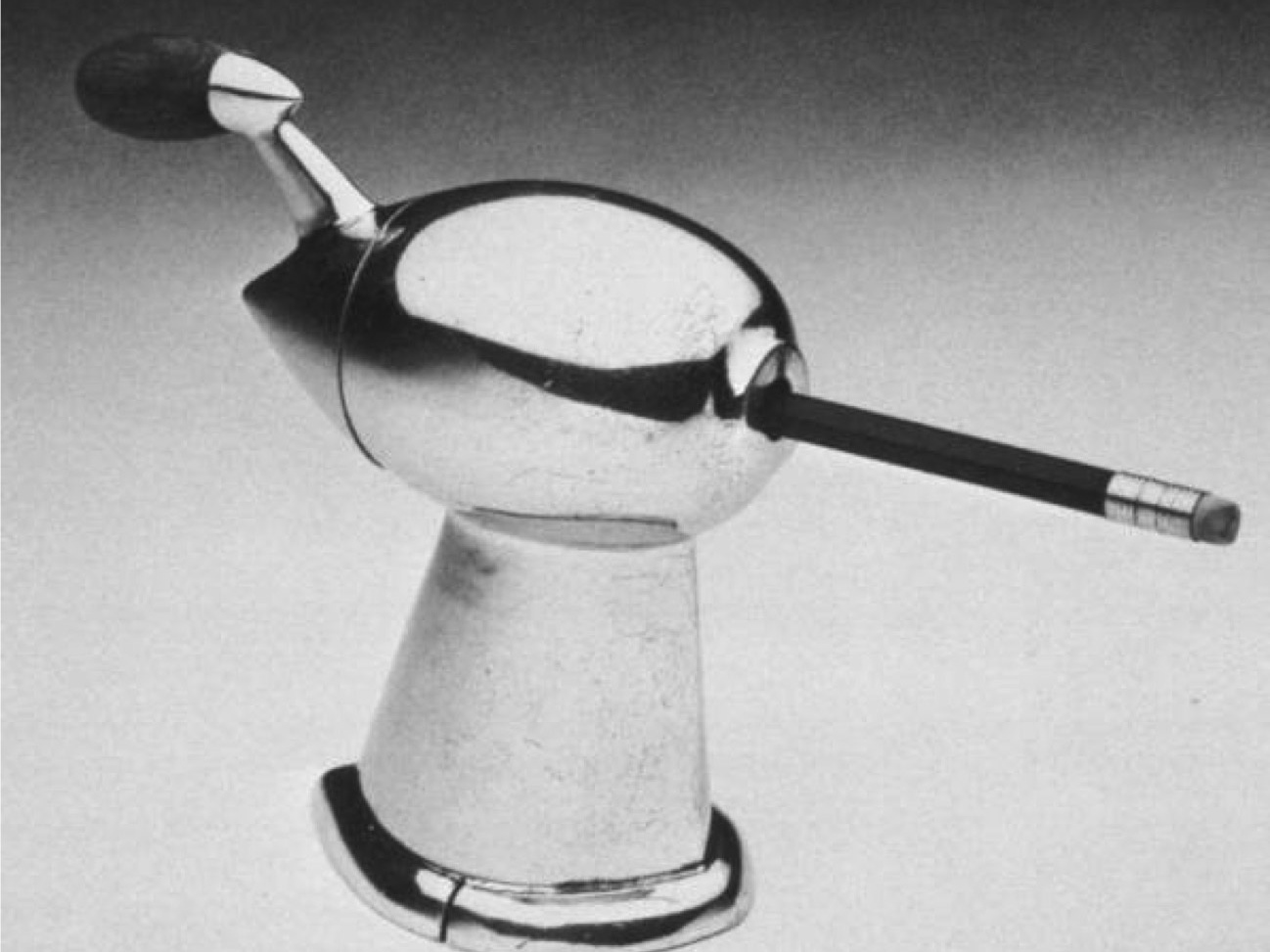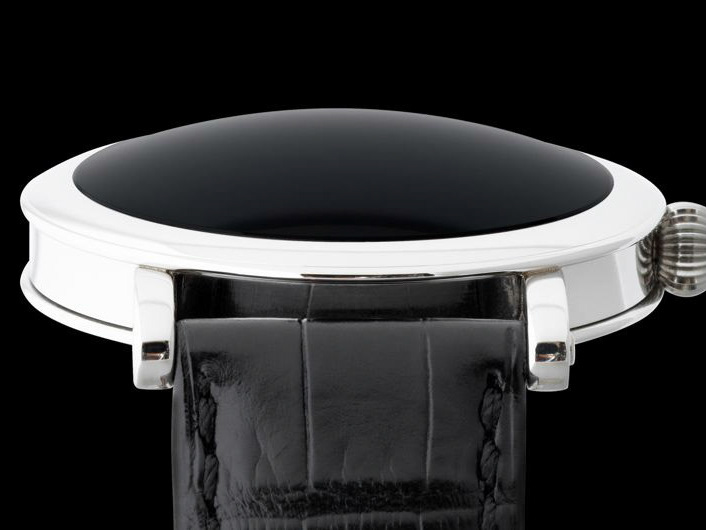Compromise gets a bit of a bad rap in the consumer product world. There is an idea that any decision stemming from the realities of the market, is to be made invisible to a consumer.
One hears that a design decision informed by a pre-determined MSRP is the result of 'cutting-corners' (a pejorative phrase implying deceptive manipulation and cheating). But let's think about that for a second.
Example
Let's look at a concrete example.
This watch has the movement shown below inside. What will be noticed is that while the movement has the ability to show the date, the watch does not. As a result, when setting the time, one has to move the crown out through a non-functioning 'ghost' position that would ordinarily allow for quick changing the date, before being able to set the time.
This situation is anathema to some watch enthusiasts, as it is seen as a cut-corner and indicative of lazy design.
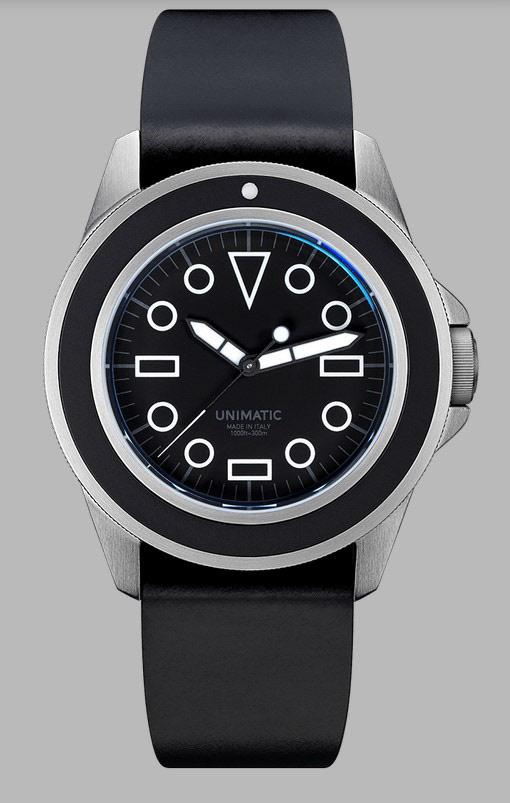
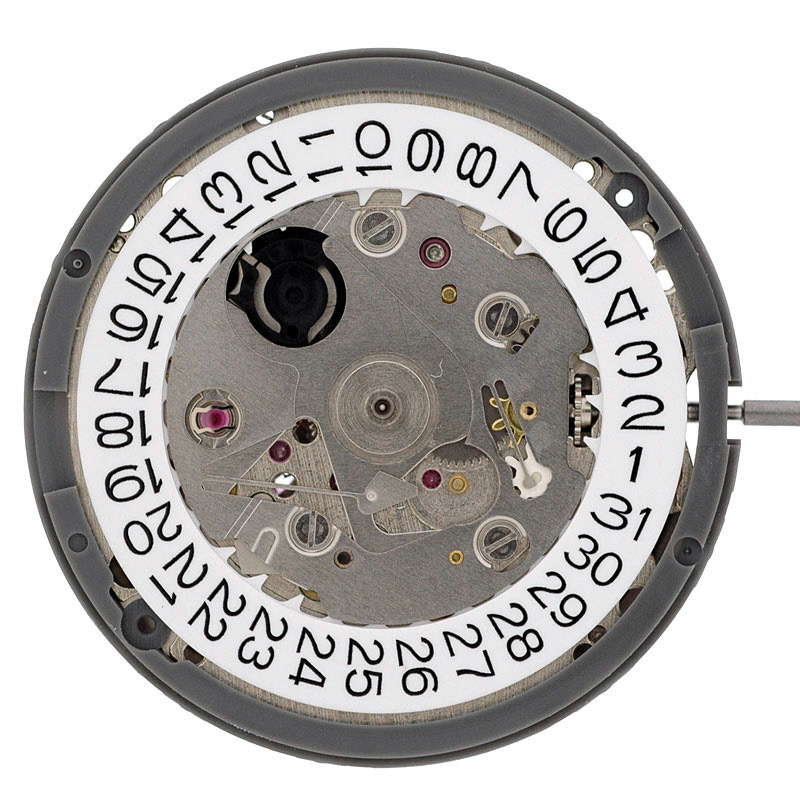
Now, let's think about the decision making process leading to this circumstance and what it means for the product.
The watch in question is part of a family of low-production (<500 units) watches made by a small company, at a competitive price-point. To keeps costs reasonable, the watches in this family share as many parts as possible (case, rotating bezel mechanism, crown, etc.) including the movement. While there is a date-less version of this movement, it saves money to have only one movement to source and keep track of, as well as likely enabling a lower cost per movement by buy a greater number.
With that in mind, there is no doubt that the existence of the 'ghost' position on this watch is the direct result of decisions made to lower costs.
In the same vein, the use of 316L steel is equally a choice made conscious to price. There are 'better' materials when it comes to hardness, density, resistance to corrosion, etc. Nonetheless, the fact is that the final unit price was just as much a required parameter as its water resistance or hardness.
And yet the 'ghost' position is seen as lazy corner-cutting and the selection of the steel is not. However, I would argue that it serves as a physical manifestation of the circumstances and the realities of its production. In a world where the mechanical reproduction of products has become increasingly adept at removing any sign of the realities of its creation from a manufacturing perspective, this honest and authentic conception to reality should be readily welcomed (particularly in the watch-enthusiast world).
Conclusion
Personally, I enjoy the presence of the 'ghost' position as it reminds me physically that this object is the product of reality, and as I cannot feel the presence or lack of presence of a particular grade of stainless steel alloy, it may just be the be the most authentic individual element of the entire product. Which, if you've read my 'Movement' post, you'll know is no bad thing.
